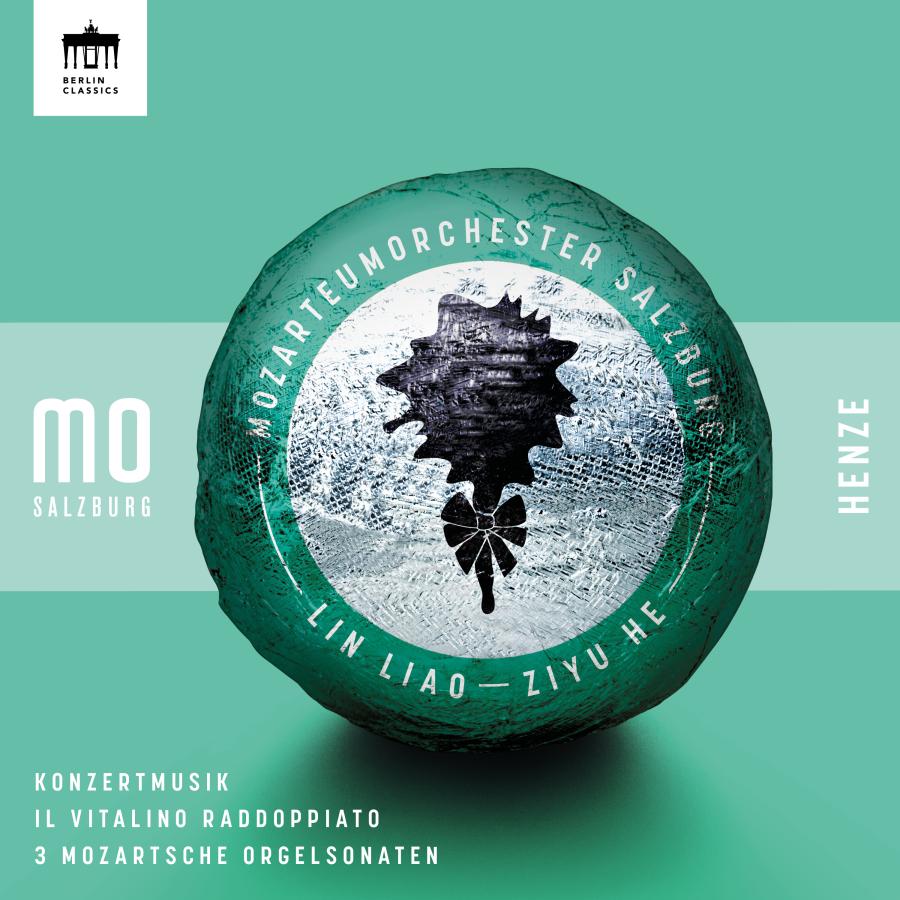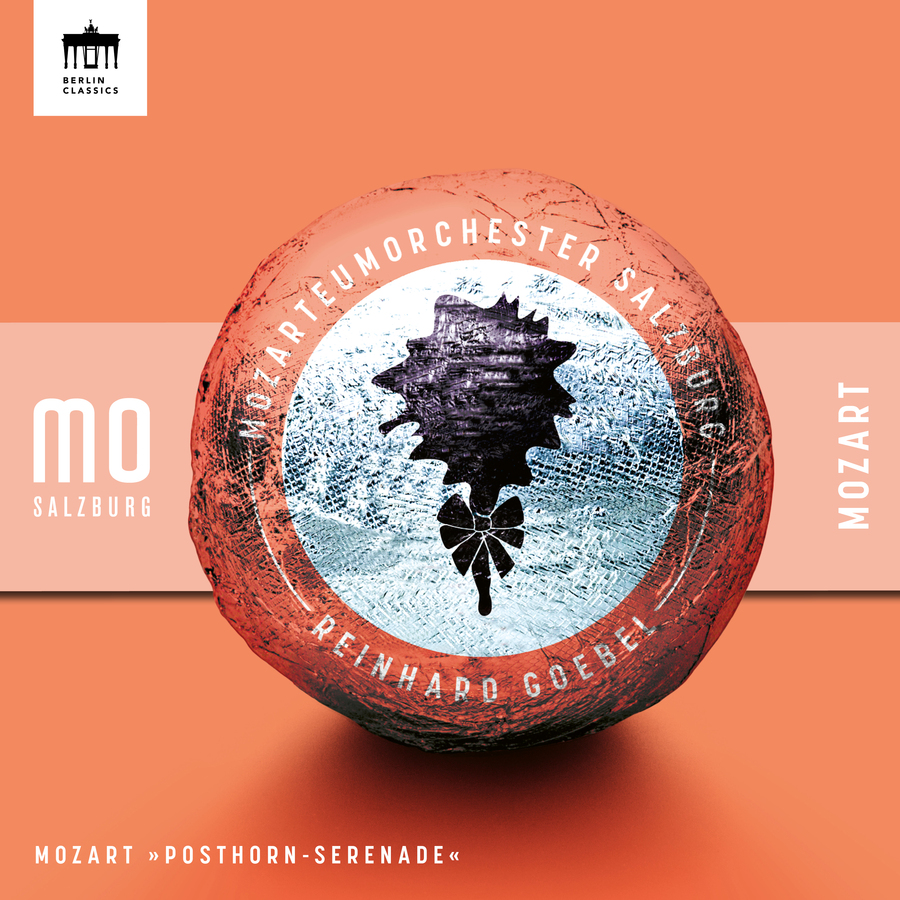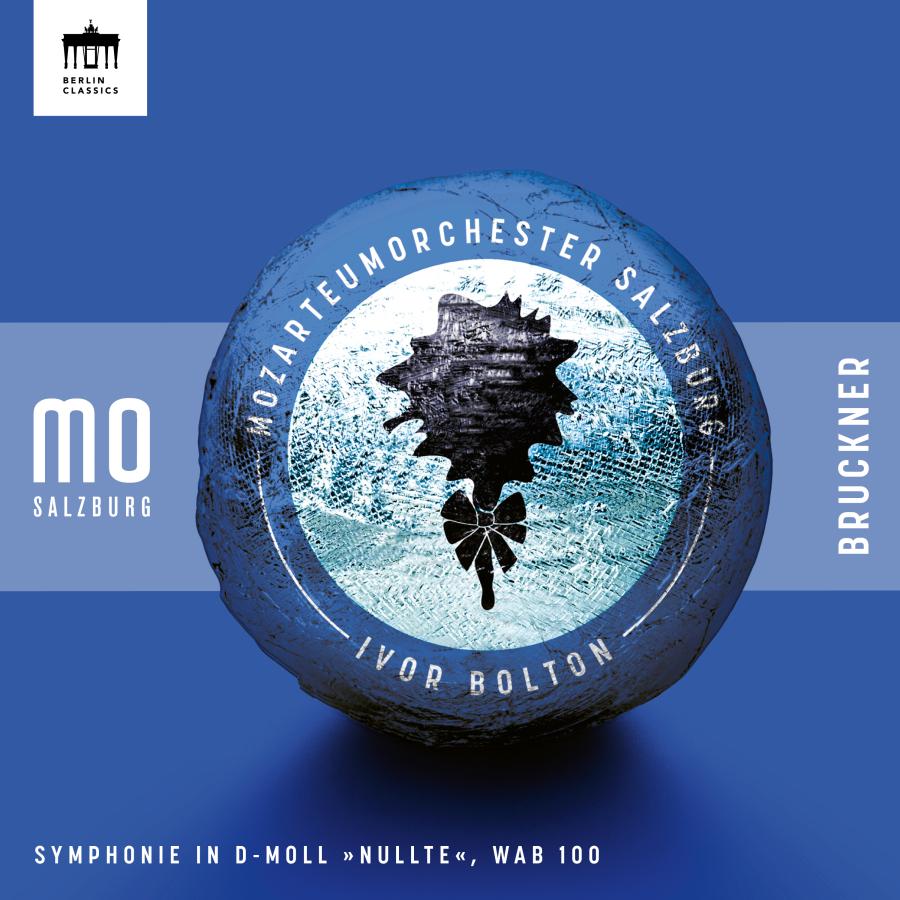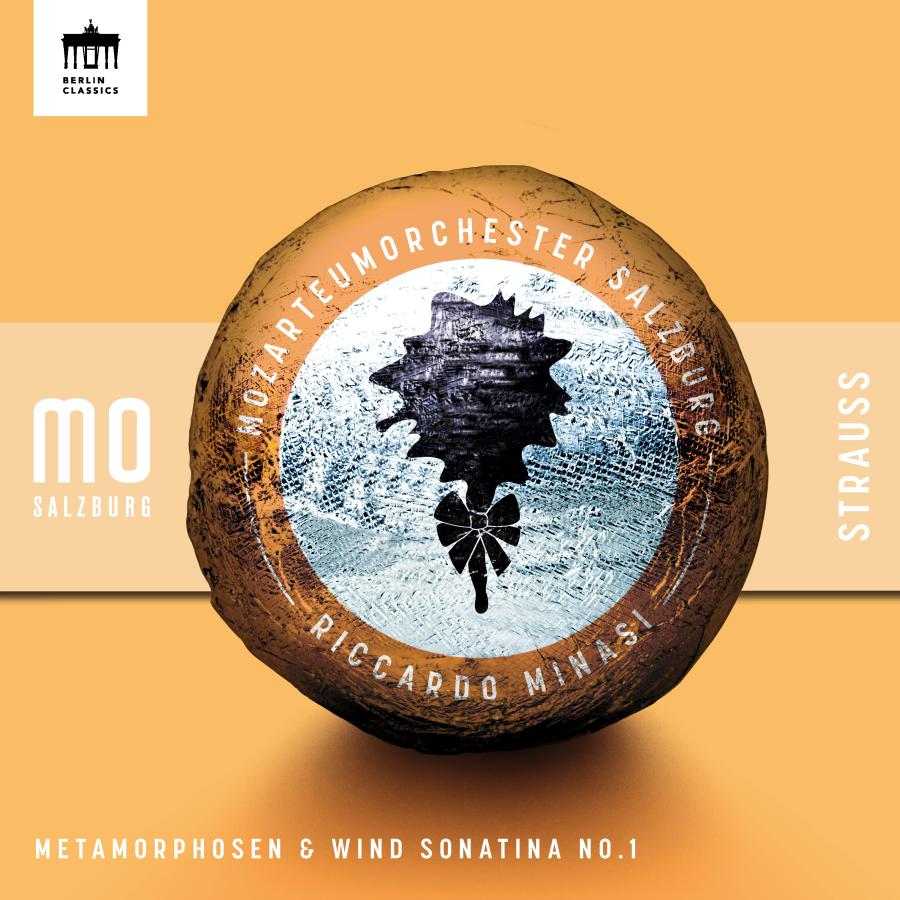The Mozarteum Orchestra Salzburg looks back on a history of over 180 years and enjoys a worldwide reputation for its lively and style-conscious Mozart interpretations. Together with the Berlin Classics label, the orchestra showcases the diversity and passion of the musicians from Mozart’s birthplace in a series of six albums. Following the Mozart Serenades and the music of Richard Strauss, the third album is now being released as a tribute to Hans Werner Henze, one of the most famous composers of our time.
In this case, the orchestra will be conducted by the renowned Taiwanese conductor Lin Liao, who lives in Germany. She has already studied Hans Werner Henze in depth during her career and leads the orchestra with a distinct sense of sound and without a baton. The solo violin part is played by the young Austrian-Chinese violinist Ziyu He, who has attracted international attention within a very short space of time
The album begins with “Konzertmusik” for violin and small chamber orchestra. The 17 years old, Hans Werner Henze was clearly inspired by Hindemith and Shostakovich when he wrote this work. Its is a chain of obstacles. The premiere was prevented by Henze’s call-up for military service, after which the work fell into neglect. In 2017, it was rediscovered in Kurt Stier’s estate, but its planned premiere at the Salzburg Easter Festival in 2020 was prevented by the coronavirus pandemic. The first concert performance in front of an audience could only take place as part of a concert to mark the 10th anniversary of Hans Werner Henze’s death in November 2022 in the Mozarteum Orchestra’s Orchestra House. This is also where this first recording of the piece was created.
The second work on the new album Il Vitalino Raddoppiato for violin and orchestra was commissioned by the Salzburg Festival in 1977 and is based on a chaconne for violin and basso continuo attributed to the baroque composer and violinist Tomaso Antonio Vitali. Hans Werner Henze supplements the chaconne with numerous other variations and thus contributes his own musical language into the work. In the preface to the score, the composer reveals his personal affinity with this piece and describes it vividly.
The last work on the new album is Three Mozart Organ Sonatas for 14 players after. This is an orchestration of three church sonatas by Wolfgang Amadeus Mozart, written to mark the 200th anniversary of Mozart’s death. Hans Werner Henze originally composed the sonatas for the Scharoun Ensemble. The instrumentation consists of six woodwinds, six strings, harp and guitar. The viola d’amore, a popular instrument in 18th century chamber music, plays a special role. It has to be retuned several times during a performance of the organ sonatas due to the changing keys. This is probably one of the reasons why this work is rarely played in concerts. This is therefore a first recording with which the Mozarteum Orchestra Salzburg once again proves its unchallenged position as interpreters of the Mozart’s style and also uses the organ sonatas for a departure into the music of the 20th century.






















